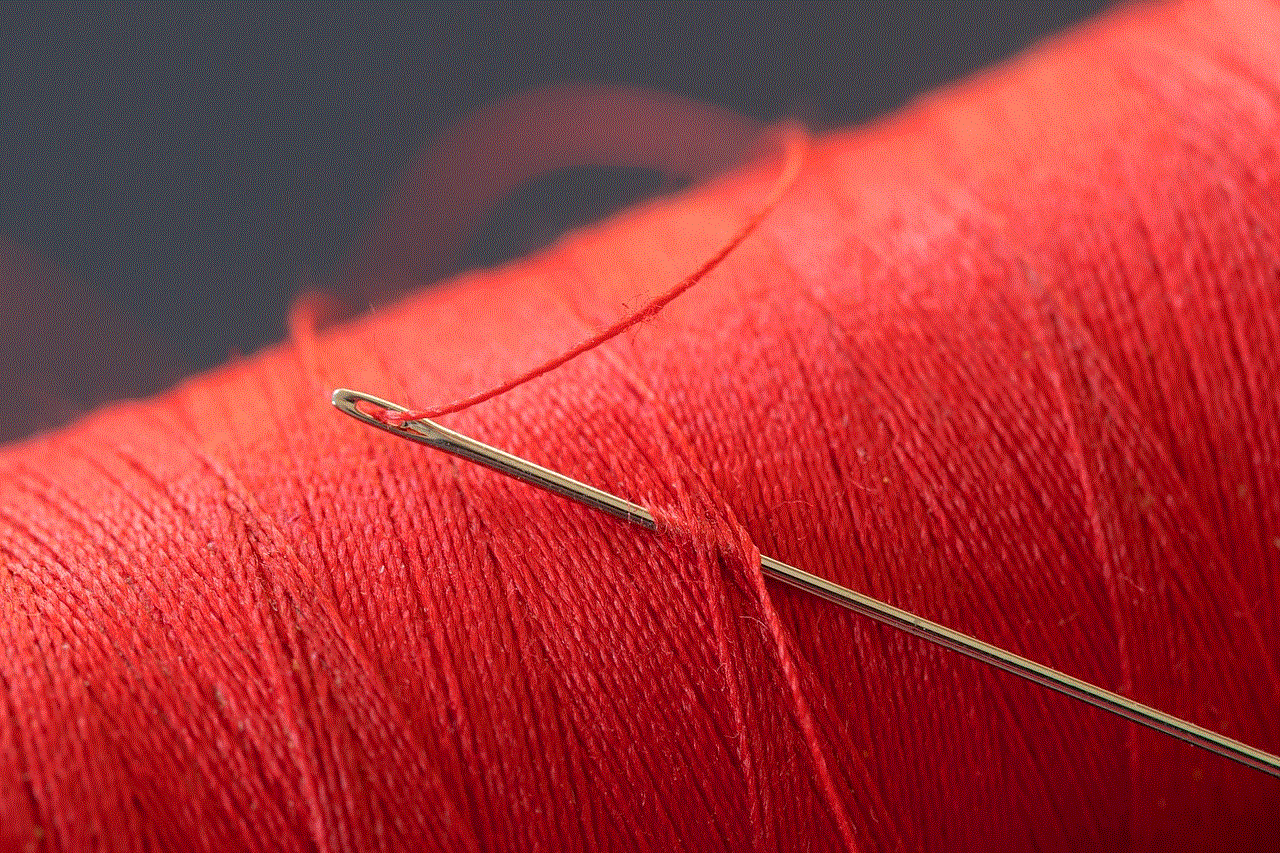what does atm stand for in text
ATM stands for Automated Teller Machine. It is a device that is used for financial transactions, primarily dispensing cash and accepting deposits. The concept of an ATM was first introduced in the 1960s, and since then, it has become an integral part of our daily lives. In this article, we will dive deeper into the history of ATMs, their functions, and their impact on society.
History of ATMs
The first ATM was developed by John Shepherd-Barron, a British inventor, in 1967. It was installed at a branch of Barclays Bank in London and was designed to dispense a maximum of 10 pounds. This was a significant development in the banking industry as it eliminated the need for customers to visit a bank branch to withdraw cash. However, the initial versions of ATMs were not as user-friendly as they are today. They required a special card and a personal identification number (PIN) to access the machine.
In the 1970s, the first ATM network was established by the New York-based Chemical Bank. This allowed customers to use their cards at any ATM within the network, regardless of the bank they belonged to. This was a revolutionary concept and laid the foundation for the widespread use of ATMs in the future. By 1977, there were over 15,000 ATMs in the United States alone.
In the 1980s, the use of magnetic stripe cards made ATMs more secure and efficient. This technology allowed for the storage of customer information on a magnetic strip on the back of the card, making it easier to verify the identity of the cardholder. This also led to the development of international ATM networks, enabling customers to access their accounts from ATMs in different countries. With the rise of internet banking in the 1990s, ATMs also started offering additional services such as balance inquiries, fund transfers, and bill payments.
Today, ATMs are a ubiquitous presence in our daily lives. They can be found in almost every corner of the world, from bustling cities to remote villages. With the advancement of technology, ATMs have evolved into sophisticated machines that offer a wide range of services, making them an essential part of our financial ecosystem.
Functions of ATMs
The primary function of an ATM is to dispense cash. Customers can use their debit or credit cards to withdraw money from their bank accounts through an ATM. This has greatly reduced the need for customers to carry large amounts of cash, making transactions safer and more convenient. Most ATMs have a daily withdrawal limit, which varies depending on the bank and the type of account.
Apart from dispensing cash, ATMs also offer a variety of other services. With the use of a debit card, customers can check their account balance, transfer funds between accounts, and even deposit cash or checks into their accounts. This has made it possible for customers to perform basic banking transactions without having to visit a bank branch.
ATMs have also become an integral part of international travel. They allow customers to withdraw cash in the local currency, eliminating the need to carry a large amount of cash or convert currency before traveling. This convenience has made ATMs a preferred method of obtaining foreign currency for travelers.
Impact of ATMs on Society
ATMs have had a significant impact on society, both positive and negative. On the positive side, ATMs have made banking more convenient for customers. They have eliminated the need to stand in long queues at bank branches, saving both time and effort. This has also led to a reduction in the number of bank branches, resulting in cost savings for banks. This, in turn, has led to better interest rates for customers and improved profitability for banks.
ATMs have also played a vital role in financial inclusion. In developing countries, where access to traditional banking services is limited, ATMs have made it possible for people to access their money and perform basic transactions. This has helped to bring more people into the formal banking system, promoting financial stability and economic growth.
However, the widespread use of ATMs has also led to some negative consequences. One of the biggest concerns is the increase in ATM fraud. Criminals have found ways to steal card information and PINs, allowing them to withdraw money from unsuspecting customers’ accounts. This has led to banks investing heavily in security measures such as PIN pads, cameras, and encryption technology to make ATMs more secure.
ATMs have also contributed to the rise of a cash-based society. With the ease of access to cash, people tend to rely more on it for their daily transactions, leading to a decrease in the use of other forms of payment such as checks and credit cards. This has made it difficult for governments to track and regulate financial transactions, leading to concerns about tax evasion and money laundering.
Future of ATMs
The future of ATMs looks promising, with advancements in technology making them more secure and efficient. Contactless ATM technology is already being tested in some countries, allowing customers to withdraw cash without having to insert their card into the machine. This will not only make the process faster but also reduce the risk of card skimming.
Another significant development is the integration of biometric technology into ATMs. This will allow customers to access the machine using their fingerprint or iris scan, making transactions more secure and eliminating the need for a card or PIN. This technology is already being used in some countries, and its widespread adoption is expected in the near future.
The rise of digital banking has also led to the development of virtual ATMs. These machines are not physical but exist in the form of an app or website. Customers can access their accounts and perform transactions using their smartphones or computers, eliminating the need for a physical ATM. While this may not replace traditional ATMs entirely, it offers a convenient alternative for customers who prefer online banking.
Conclusion
ATMs have come a long way since their inception in the 1960s. From dispensing a maximum of 10 pounds to offering a wide range of services, they have become an integral part of our financial ecosystem. With advancements in technology, ATMs will continue to evolve, making transactions more secure and convenient for customers. While there may be concerns about ATM fraud and the rise of a cash-based society, the benefits of ATMs far outweigh the challenges. It is safe to say that ATMs will continue to play a significant role in our lives for years to come.
how to delete message on instagram
Instagram has become one of the most popular social media platforms in the world, with over 1 billion active users. With its focus on visual content, it has captivated users of all ages and backgrounds. However, like any other social media platform, there are times when you may want to delete a message on Instagram . Whether it’s to clean up your inbox or to remove an unwanted message, the process is relatively simple. In this article, we will discuss how to delete messages on Instagram, and provide some tips and tricks to make the process even easier.
Before we dive into the steps of deleting messages on Instagram, it’s important to understand the different types of messages on the platform. There are two main types of messages on Instagram – direct messages (DMs) and group messages. Direct messages are private conversations between you and another user, while group messages are conversations with multiple users. The process for deleting messages is the same for both types, but there are some slight differences in the steps.
Now, let’s get into the steps for deleting messages on Instagram. The first step is to open the app and go to your direct messages. You can do this by tapping on the paper airplane icon in the top right corner of the home screen. This will take you to your inbox, where you can see all your direct messages and group messages.
To delete a single message, simply tap and hold on the message you want to delete. This will bring up a menu with different options. Tap on the “Delete” option, and the message will be removed from the conversation. If you’re deleting a group message, you will have the option to delete the message for everyone in the group or just for yourself. Choose the option that best suits your needs, and the message will be deleted.
If you want to delete multiple messages at once, you can do so by tapping and holding on one message, and then tapping on the other messages you want to delete. You will see a checkmark appear next to each message as you tap on it. Once you have selected all the messages you want to delete, tap on the “Delete” button at the bottom of the screen. This will delete all the selected messages at once.
Sometimes, you may want to delete an entire conversation rather than just a single message. To do this, go to your inbox and swipe left on the conversation you want to delete. This will bring up a delete option, which you can tap on to delete the entire conversation. Keep in mind that this will delete the conversation for both you and the other person, and you will not be able to retrieve it.
Now, what if you accidentally delete a message or conversation and want to get it back? Instagram has a feature that allows you to recover deleted messages within a certain timeframe. To do this, go to your inbox and tap on the settings icon in the top right corner. Then, tap on “Account” and select “Recently Deleted.”
In the “Recently Deleted” section, you will see all the messages and conversations that you have deleted in the past 30 days. Tap on the conversation or message you want to recover, and then tap on “Restore.” The message will be restored to your inbox, and you can continue the conversation as usual.
Apart from the traditional method of deleting messages, there are some other tips and tricks you can use to make the process even easier. One of these is the option to clear all your messages at once. To do this, go to your inbox and tap and hold on the profile picture of the person you want to clear the messages with. This will bring up a menu with different options. Tap on “Clear Chat,” and all the messages between you and that person will be deleted.



Another useful tip is to mute conversations instead of deleting them. This is especially useful for group messages that you may not want to leave but also don’t want to receive notifications from. To mute a conversation, go to your inbox and swipe left on the conversation you want to mute. Then, tap on the “Mute” option, and you will no longer receive notifications from that conversation.
Lastly, if you’re someone who receives a lot of messages and wants to keep your inbox organized, you can use the “Mark as Unread” option. This will allow you to mark messages as unread, so you can come back to them later. To do this, tap and hold on the message you want to mark as unread, and then tap on the option that appears.
In conclusion, deleting messages on Instagram is a simple process that can be done in a few easy steps. Whether you want to delete a single message, multiple messages, or an entire conversation, the app provides different options to suit your needs. And if you accidentally delete a message, you can recover it within a certain timeframe. With these tips and tricks, you can keep your inbox organized and clutter-free. So go ahead and start deleting those unwanted messages on Instagram now!
tiktok view history
tiktok -parental-control-effectively-in-2023″>TikTok has quickly become one of the most popular social media platforms in recent years, with millions of users worldwide. It is a short-form video sharing app that allows users to create and share 15-second videos on various topics, such as dance, comedy, lip-syncing, and more. With its growing popularity, many users are curious about their TikTok view history and how it affects their overall experience on the app.
In this article, we will delve deeper into the concept of TikTok view history and its significance for users. We will explore how it works, why it matters, and how users can use it to their advantage.
What is TikTok View History?
TikTok view history is a record of the videos that a user has watched on the app. Whenever a user watches a video on TikTok, it gets added to their view history. This history can be accessed by the user at any time, and it includes the videos that they have watched in chronological order. It also shows the number of views a video has received and the date it was watched.
How Does It Work?
TikTok view history is a feature that is automatically enabled for all users. Whenever a user watches a video, it gets added to their view history. This happens in real-time, so the user can see the video in their history as soon as they finish watching it. The view history is accessible through the user’s profile page, where they can see all the videos they have watched.
Why Does It Matter?
TikTok view history may seem like a minor feature, but it has significant implications for both users and creators on the app. For users, it allows them to keep track of the videos they have watched and revisit them anytime they want. It also makes it easier for users to discover new content related to their interests, as the app recommends videos based on their view history.
For creators, TikTok view history plays a crucial role in determining the reach and engagement of their videos. The more views a video receives, the higher it ranks on the app’s algorithm, making it more visible to users. Therefore, creators often track their view history to analyze the performance of their videos and understand their audience’s preferences.
How to Access Your TikTok View History?
To access your TikTok view history, follow these simple steps:
1. Open the TikTok app on your mobile device.
2. Click on the “Me” icon at the bottom right corner of the screen.



3. This will take you to your profile page. Click on the three dots at the top right corner of the screen.
4. A menu will appear. Click on “Privacy and Settings.”
5. Next, click on “History and Privacy.”
6. Under “My Account,” click on “View History.”
7. You will now see a list of all the videos you have watched on TikTok.
8. To remove a video from your view history, click on the “X” next to the video.
9. To clear your entire view history, click on “Clear All” at the top right corner of the screen.
10. Confirm your action, and your view history will be cleared.
How to Use TikTok View History to Your Advantage?
TikTok view history can be used to your advantage in several ways. For users, it helps in discovering new and relevant content, as the app recommends videos based on their view history. Users can also revisit the videos they have watched and enjoyed, making it easier to find their favorite content.
For creators, TikTok view history can provide valuable insights into their audience’s preferences and interests. By analyzing their view history, creators can understand which videos performed well and what type of content their audience prefers. This information can be used to create more engaging and relevant content, leading to increased views and engagement.
TikTok view history can also be used to track the performance of sponsored videos. Creators can see how many views their sponsored videos have received and compare it to their organic content. This data can help creators negotiate better deals with brands and showcase the effectiveness of their sponsored content.
Potential Concerns with TikTok View History
While TikTok view history is a useful feature, it has raised some concerns regarding user privacy. Some users may not feel comfortable with the app keeping a record of the videos they have watched. Additionally, there have been reports of TikTok sharing user data with third-party companies, raising concerns about the security of user information.
To address these concerns, TikTok has introduced several privacy features, such as the option to clear view history and limit the data shared with third-party companies. Users can also make their accounts private, limiting who can view their view history.
Conclusion
TikTok view history is a feature that has significant implications for both users and creators on the app. It allows users to keep track of the videos they have watched and discover new content related to their interests. For creators, it provides valuable insights into their audience’s preferences and helps them create more engaging and relevant content.



While there may be concerns about user privacy, TikTok has taken steps to address these issues and give users control over their data. With its growing popularity, TikTok view history will continue to play a crucial role in enhancing the user experience and helping creators grow their audience.
